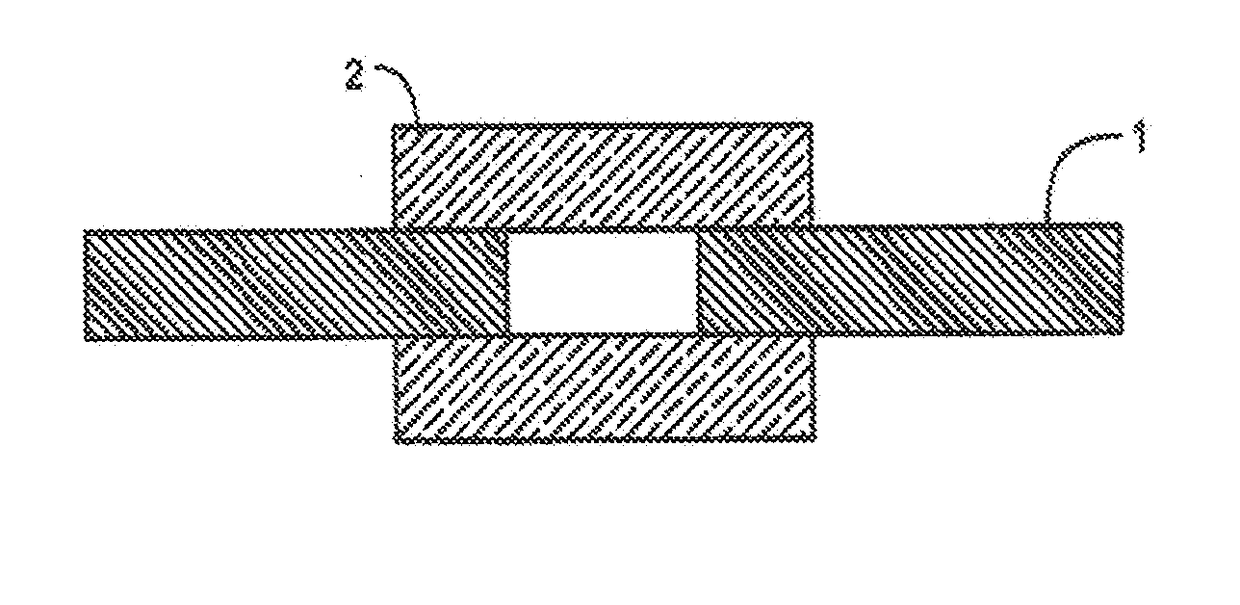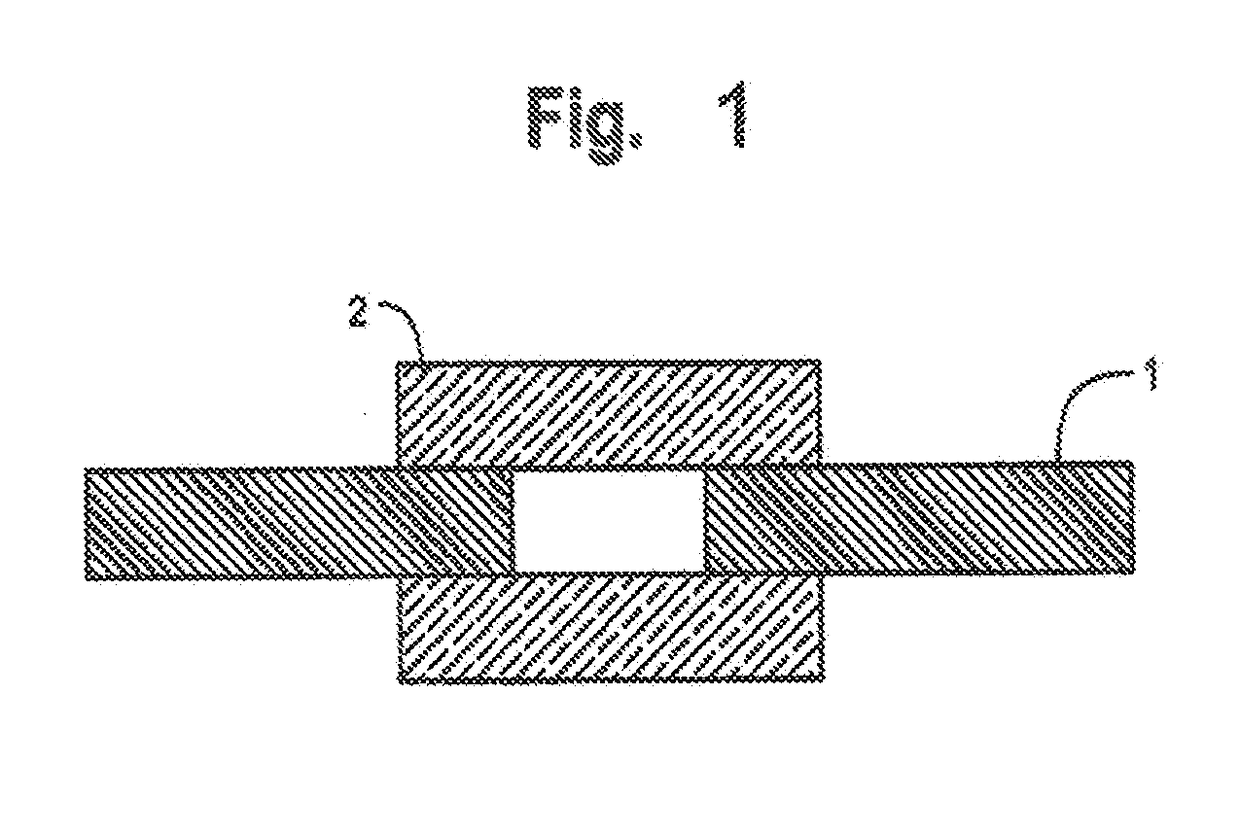Dental and endodontic filing materials and methods
a technology for endodontics and filing materials, applied in dentistry, tooth capping, medical preparations, etc., can solve the problems of high patient compliance, long time-consuming and laborious, and poor handling of calcium hydroxid
- Summary
- Abstract
- Description
- Claims
- Application Information
AI Technical Summary
Benefits of technology
Problems solved by technology
Method used
Image
Examples
example 1
[0030]A hydrogel phase was prepared by blending 0.3 grams of chitosan malate (Vanson, Redmond, Wash., USA) with 1.2 grams of glycerol. The filler phase was composed of 3 grams of Portland cement (the ingredient of mineral trioxide aggregates, also known as MTA) and 0.3 grams of calcium oxide (CaO). The hydrogel and the fillers were then thoroughly mixed to form a filling material, and this filling material was stored in an airtight vial.
[0031]An aliquot of approximately 0.3 grams of the premixed filling material was placed into a cylindrical mold 1 (6 mm D×3 mm H). The top and bottom faces of the mold were covered with fritted glass plates 2, as depicted in the Figure, and the assembly was placed in a 37° C. water bath to allow ingress of water into and egress of glycerol from the sample. Diffusion of water into the sample allowed Portland cement to dissolve, leading to an increase in the pH. The pH increase caused the chitosan to settle out of the solution and to form a hard, rubbe...
example 2
[0034]A hydrogel phase was prepared by blending 0.8 grams of chitosan malate (Vanson, Redmond, Wash., USA) with 1.2 grams of glycerol. The filler phase was composed of 1.5 grams of fluorapatite and 1.5 grams of CaO. The hydrogel and the fillers were then thoroughly mixed and stored in an airtight vial. An aliquot of approximately 0.3 grams of the premixed material was placed in a cylindrical mold and into a water bath as described in Example 1. Diffusion of water into the sample allowed CaO to dissolve, leading to an increase in the pH. The increased pH caused the chitosan to settle out of the solution, forming a hard gel. The sample set within 15 minute and was demolded. The sample was allowed to fully set by placing it into water at 37° C. for an additional 24 hours, and was then subjected to a dye penetration test as described above. Dye penetration into the sample was 0.38 mm±0.17 mm (mean±s.d.; n=6).
[0035]Although the fillers did not harden, the material had a hard, rubber-like...
example 3
[0036]The hydrogel phase was prepared by blending 0.2 grams of konjac Glucomannan powder (Konjac Foods, Sunnyvale, Calif.) with 0.8 grams of glycerol. The filler phase was composed of 2 grams of a self-hardening calcium phosphate cement (CPC) powder that included 72.6% tetracalcium phosphate and 27.4% dicalcium phosphate anhydrous. The hydrogel and the fillers were then thoroughly mixed and stored in an airtight vial. An aliquot of approximately 0.3 grams of the premixed material was placed in a cylindrical mold and the assembly placed in a water bath as in Example 1. The sample set within 2 hours and was demolded. The sample was allowed to fully set by placing it into water at 37° C. for an additional 24 hours and was then subjected to a dye penetration test as described above. Dye penetration into the sample was 0.38 mm±0.17 mm (mean±s.d.; n=6). This material also is an excellent endodontic filling material.
PUM
 Login to View More
Login to View More Abstract
Description
Claims
Application Information
 Login to View More
Login to View More - R&D
- Intellectual Property
- Life Sciences
- Materials
- Tech Scout
- Unparalleled Data Quality
- Higher Quality Content
- 60% Fewer Hallucinations
Browse by: Latest US Patents, China's latest patents, Technical Efficacy Thesaurus, Application Domain, Technology Topic, Popular Technical Reports.
© 2025 PatSnap. All rights reserved.Legal|Privacy policy|Modern Slavery Act Transparency Statement|Sitemap|About US| Contact US: help@patsnap.com


